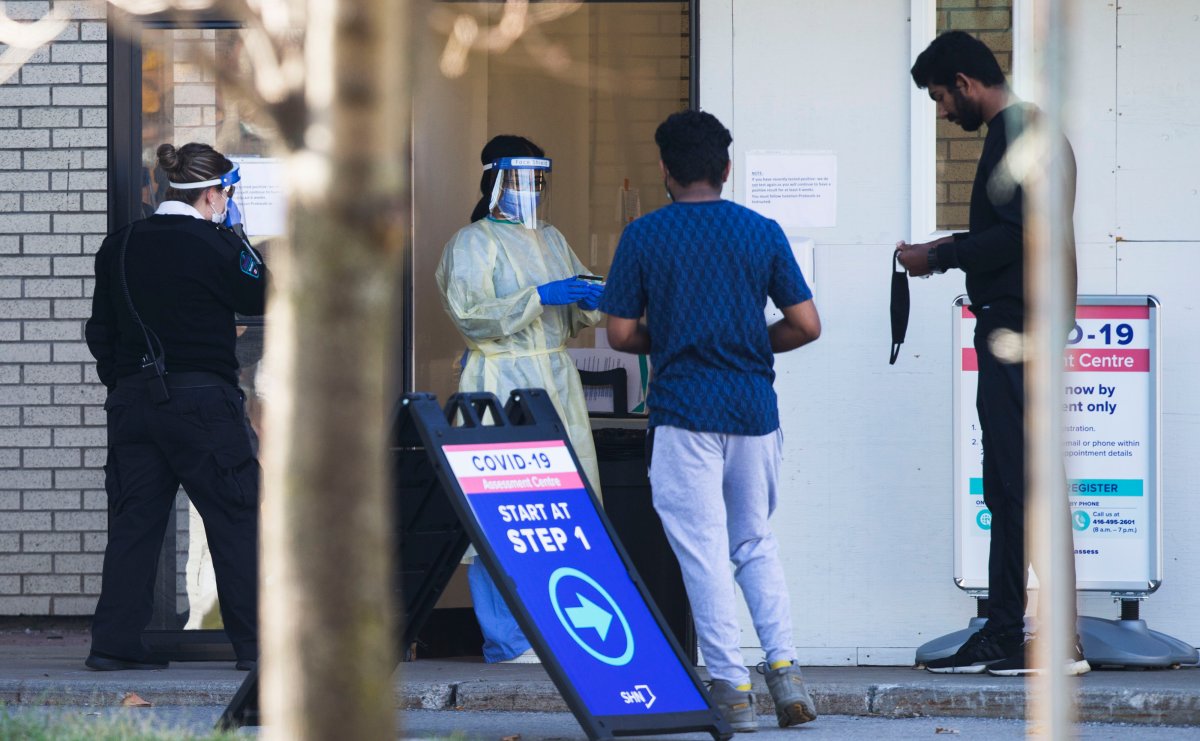We may be at the point now in Canada where anything short of more restrictive lockdown measures will be unable to stem the rising tide of COVID-19 cases.

It’s frustrating, too, because it feels like we’ve backed ourselves into this corner where we have very limited and unpalatable options.
That cases are surging as we enter the latter stages of autumn really ought not have been a surprise; we were warned that such a scenario was very likely, if not all but guaranteed. What is surprising, especially in hindsight, is that we didn’t use the opportunity of the flattened curve to better prepare for this very challenge.
It has been emphasized repeatedly throughout this pandemic that an aggressive strategy of test, trace, and isolate is crucial to staying a step ahead of, and therefore containing, this virus. While we have seen glimpses of this approach at various points in various provinces, our testing and tracing is nowhere close to where it needs to be at the moment — and we’re paying the price.
Certainly the provinces bear a lot of responsibility when it comes to their respective capacity for COVID-19 testing, but of course the approval and acquisition of new testing devices is the purview of Health Canada.
Ottawa has been oft criticized for dragging its feet on rapid testing. And while we are now finally beginning to build up our arsenal of rapid testing devices, we now have to overcome federal intransigence when it comes to at-home testing.
Numerous experts, though, have been pleading with the federal government to not let perfect be the enemy of the good. It is true that the PCR tests (the so-called “gold standard”) are much more sensitive when it comes to detecting the novel coronavirus, but even less-sensitive tests can be effective in detecting those who are most infectious.
The ability to do substantially more testing than we currently are would quite likely more than outweigh whatever limitations rapid and at-home testing might have. We are stuck having to be reactive at the moment rather than having the capacity and flexibility to be proactive.
Substantially building up our testing capacity will help give us a much clearer picture of what we’re dealing with and therefore how to target it. That build-up might not happen quickly enough to help head off this late autumn/early winter surge, but we’ve still got some months to go before a vaccine is widely available.
Moreover, an effective vaccine coupled with widely available, rapid testing would be a quite a one-two punch against this pandemic.
It’s also paramount that we build up our contact tracing capacity. Unfortunately, many provinces are overwhelmed by new cases at the moment and their contact tracers can no longer keep up. Hiring new contact tracers takes time, and it’s another example of where we squandered the time we bought for ourselves.
The federal government, to its credit, has developed a potentially effective app for assisting in these efforts. Unfortunately, the uptake hasn’t yet been at an optimal level and there continues to be resistance from both Alberta and B.C. and so the app isn’t even being used in those two provinces.
The COVID Alert app may not be a panacea and arguably still has some flaws (for example, going back 14 days from a positive case to send out exposure notifications is probably excessive. The app also doesn’t yet work on many older phones), but we should be grasping anything that could help at the moment. The app is anonymous and doesn’t require any additional manpower to provide these notifications to those who might have been exposed to the virus.
A growing number of cases right across the country are from an unknown source. If we can’t trace where cases are coming from then we’re not going to be able to disrupt those chains of transmission. And things will keep getting worse.
The fact that we’re already on a worrying trajectory is no reason to wave the white flag on an approach of aggressive testing and tracing. We can still make this a priority and hopefully avoid multiple repeats throughout the winter of what we’re now facing here in the late autumn.
Rob Breakenridge is host of ‘Afternoons with Rob Breakenridge’ on Global News Radio 770 Calgary and a commentator for Global News.










Comments